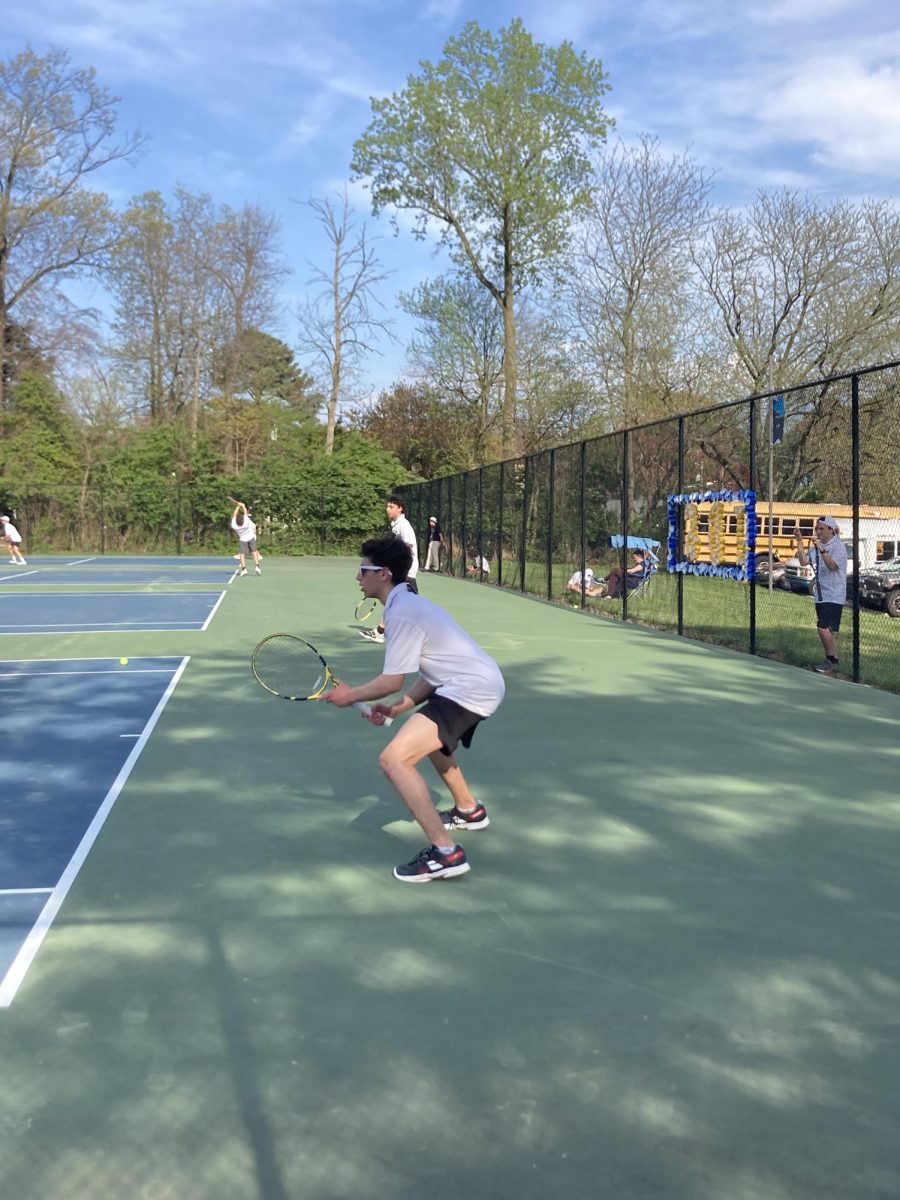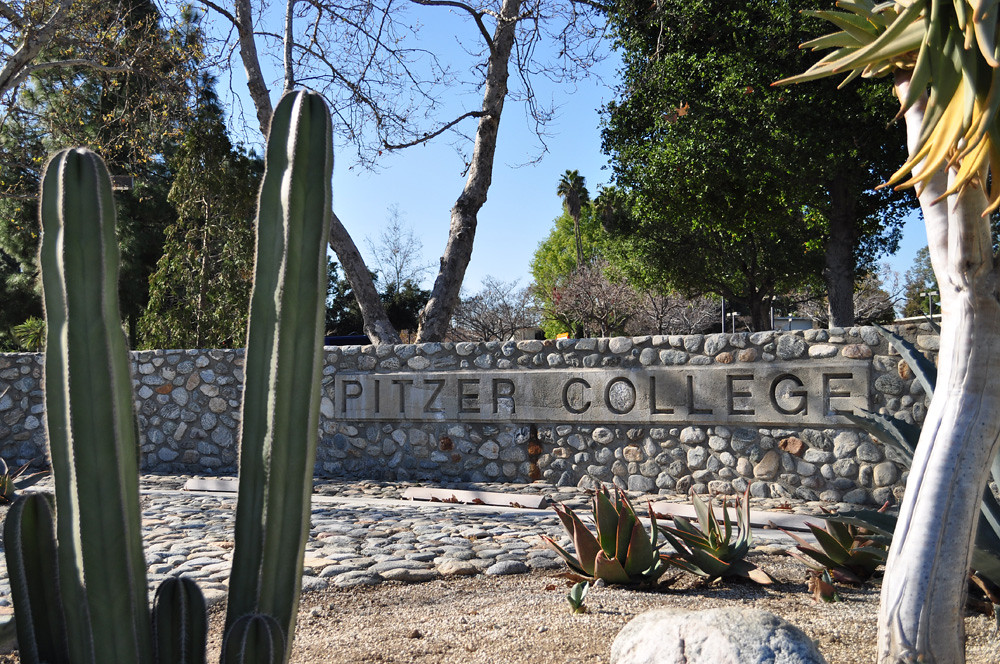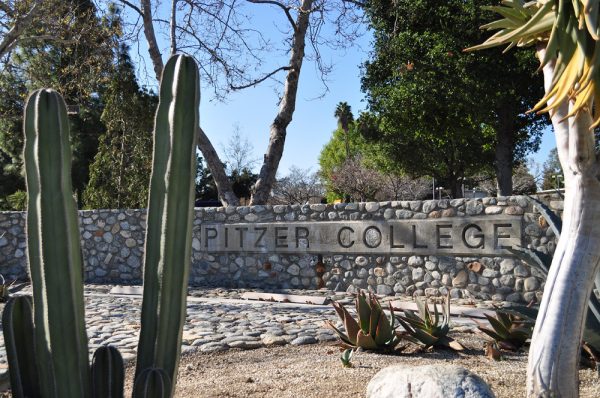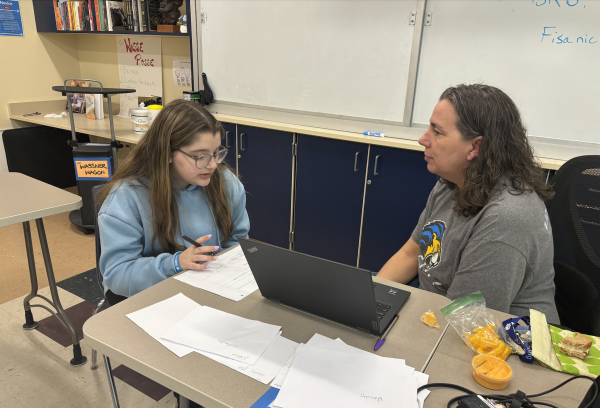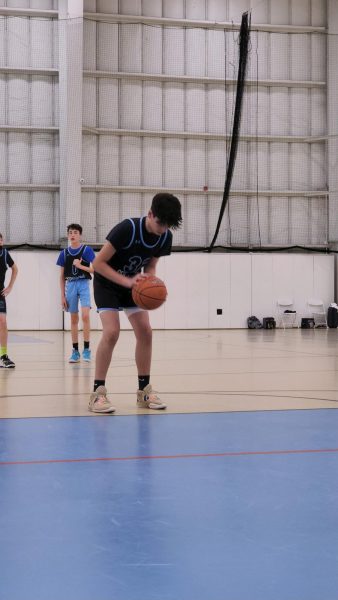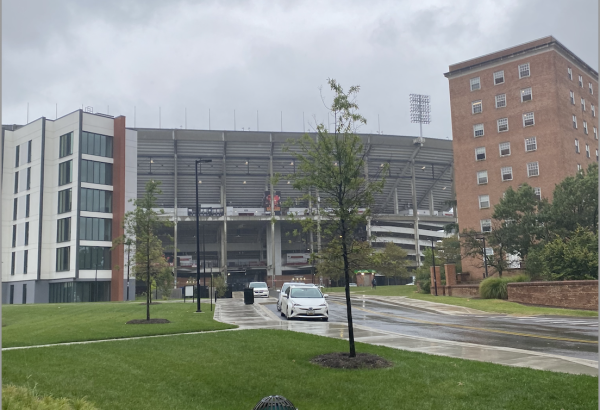Opinion: Schools must act against sexual assault by teaching consent
May 25, 2021
In the wake of the #MeToo movement, women all over the world who previously hid their experiences of sexual harassment are now sharing their stories. Even at CESJDS, a student-created an online confession page for students to open up anonymously which has since been deleted.
While there is no single fix for sexual harassment, school health classes have the opportunity to mold students’ perspectives on the topic and do more to prevent it.
Many recent studies report disturbingly high numbers of sexual harassment against women. YouGov reported that 97% of women have been sexually harassed in certain areas of the United Kingdom, and studies from other regions range widely, from 60-100%. Though the numbers vary, it is clear that there needs to be a change, and this change must start in schools and at home.
Most schools have sexual education programs for teenagers in which they talk about consent, assault, rape and harassment. At JDS, we have a program called Rikuz for middle school students and a few additional programs for high school students that introduce these topics. These programs do educate students but they aren’t enough.
Director of Athletics Becky Silberman is in charge of the program and says that the school is working to improve its sexual education curriculum. “We’ve been trying to bring in more speakers and workshops, instead of just having someone in-house teach it,” Silberman said. “I think it can be more powerful like that.”
All of the incidents with JDS students are emblematic of a larger problem in our society that must be confronted by schools. Bringing speakers to JDS is a good first step, but more must be done.
To combat this issue, sexual education classes should teach that harassment does not just refer to sexual comments. It also means making unwanted sexual advances, inappropriate requests of sexual favors, staring at a person’s body and much more. Schools, including JDS, must teach that even though someone may seem fine, in reality, it could be making the other person very uncomfortable.
With regards to cases of rape and assault, JDS needs to show the reality of these crimes, not only by teaching consent but the outcomes of sexual harassment and assault as well. This means showing stories of people who have experienced rape and assault, and revealing how it affects the victims’ lives. Victims can develop PTSD, severe trauma and may even get pregnant. If students see the reality of what this experience can do to a person, they may become less likely to commit these crimes themselves.
Living as a teenage girl in 2021 forces me to constantly be aware of my surroundings and to worry about activities like walking alone at night for fear of being harassed. Though I have never been sexually harassed or assaulted, my fear is already enough to show that there needs to be a significant change.
By teaching children these concepts from a young age, the high percentages of sexual assault victims will hopefully decrease. With help from improved curricula nationwide, students will start to understand the effects of these despicable acts and will work harder to prevent them.





